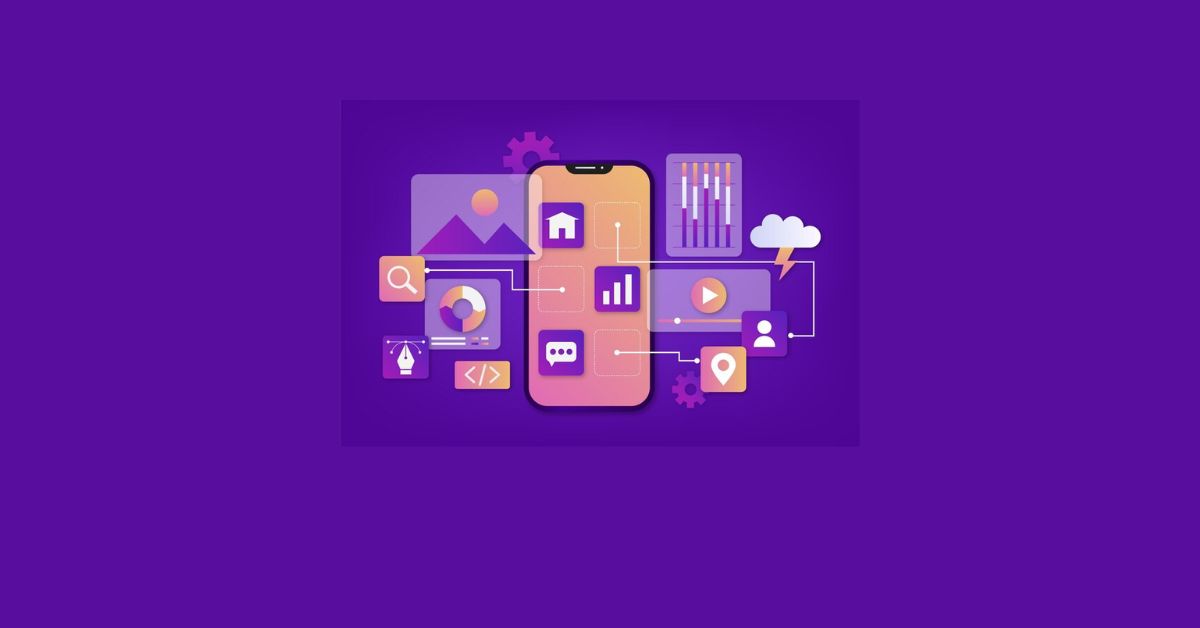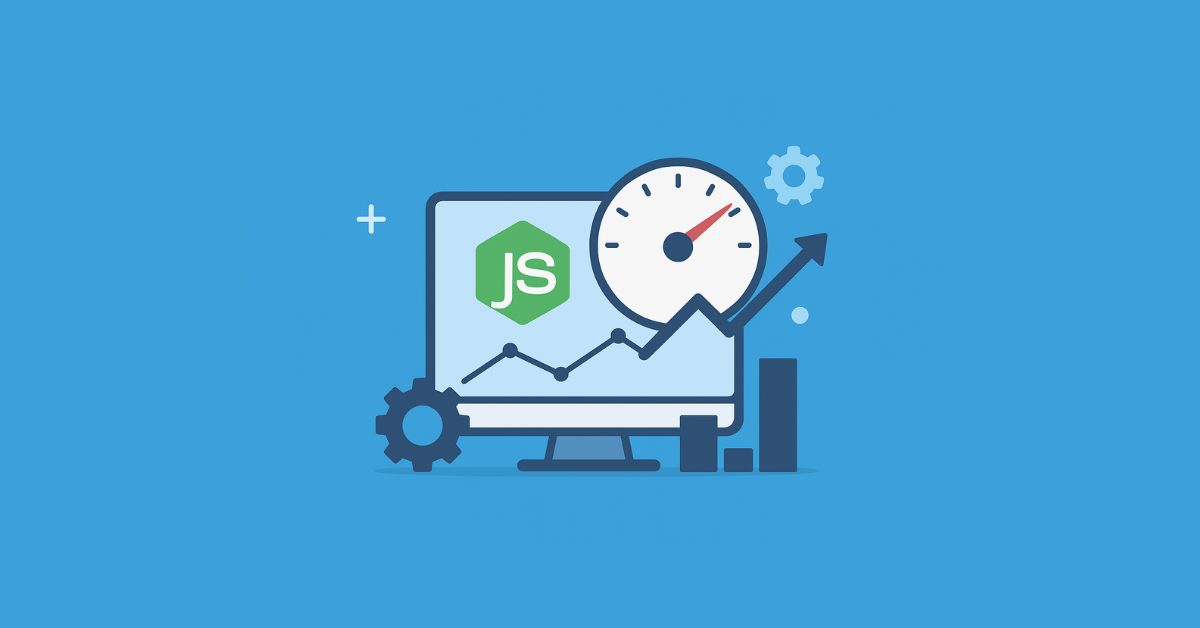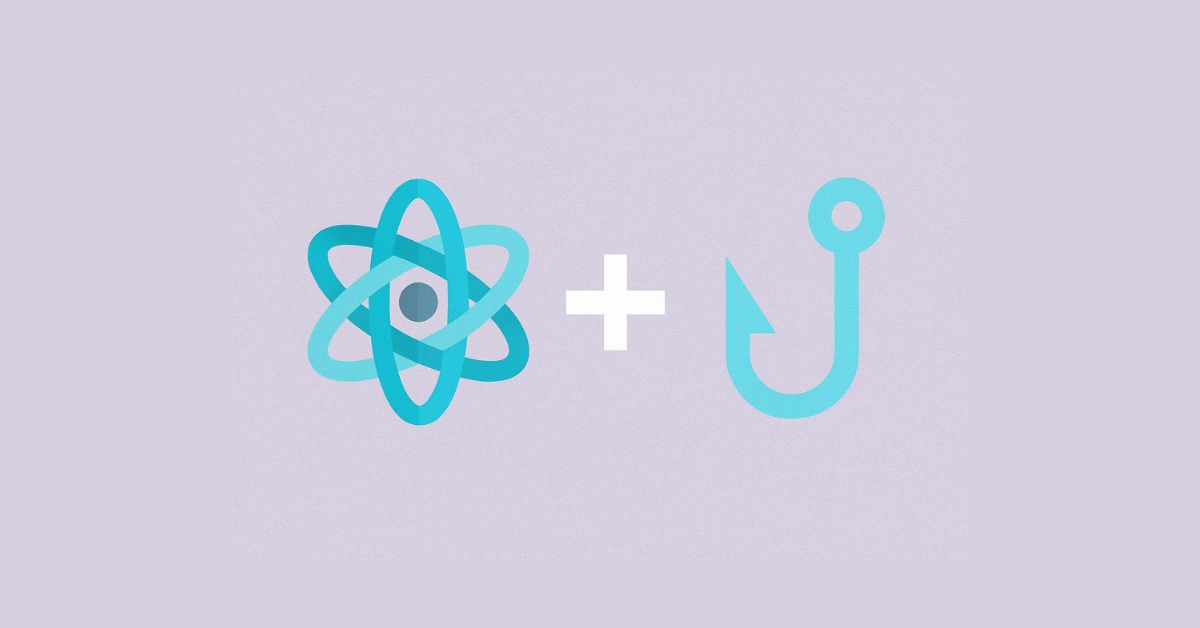In today’s digital economy, data is one of the most valuable resources a company can have. From improving customer engagement to optimizing supply chains, organizations are increasingly relying on data analytics services to stay competitive. But to truly harness its power, it’s important to understand the different types of analytics, how they work, and which ones are best suited for your business goals.
What Is Data Analytics?
Data analysis is the systematic process of reviewing, cleaning, transforming, and modeling data to extract useful insights that inform decision-making. Businesses use various statistical methods, algorithms, and visualization tools to identify patterns, relationships, and opportunities within raw data.
For example, a retailer can use analytics to understand why sales dropped last quarter, a healthcare provider can spot patient risk factors early, and a financial firm can forecast market changes. Across industries, the goal remains the same: turning data into actionable insights.
If you’re new to the topic, you may first want to explore our complete guide on what is data analytics is and how it works, which covers its techniques, importance, applications, and future trends.
Core Components of Data Analytics
Data analysis is a vast business analysis essential to decision-making in many different domains. Here is a more thorough explanation of each of its parts.
Every analytics project generally follows these four stages:
1. Data Collection
Gathering information from diverse sources such as customer transactions, IoT sensors, social media, surveys, or public records. This data can be structured (spreadsheets, databases) or unstructured (emails, images, videos).
2. Data Cleaning
Ensuring data quality by correcting inaccuracies, removing duplicates, and filling missing values. Clean data is crucial because poor-quality inputs lead to unreliable results.
3. Data Exploration
This stage involves exploring datasets through statistical summaries (mean, median, correlations) and visualization to uncover hidden patterns. Analysts often use tools like Python, R, or Power BI for exploratory data analysis (EDA).
4. Data Modeling
Applying statistical models, algorithms, or machine learning to generate insights or predictions. This step transforms exploration into actionable intelligence, aligning with the specific business objectives.
Want to Know How Our Data Analytics Company Can Help Your Business?
The 4 Types of Data Analytics
Different analytics techniques answer different questions. Together, they form a complete framework for making informed business decisions.
1. Descriptive Analytics
The most fundamental kind of data analytics is descriptive analytics. It is employed to explain historical events. It does not attempt to forecast the future or provide an explanation for past events. Instead, it just gathers data and looks for trends and patterns.
Examples in action:
- An eCommerce dashboard showing monthly sales and top-selling products.
- A hospital tracking patient admissions across departments.
- A logistics firm is analyzing last year’s delivery times.
Business benefits:
- Clear visibility into performance metrics.
- Identifying areas of improvement.
- Spotting early opportunities, such as a rising product trend.
Descriptive analytics is often the first step in building a data-driven culture.
2. Diagnostic Analytics
Once you know what happened, diagnostic analytics helps uncover the reasons behind it. It dives deeper into the data to identify root causes and correlations.
Examples in action:
- A telecom company is analyzing why customer churn spiked in a specific quarter.
- A manufacturer is identifying defects linked to a new supplier.
- A retail brand understands why a recent marketing campaign underperformed.
Business benefits:
- Pinpointing issues that impact performance.
- Understanding customer behavior and preferences.
- Supporting corrective measures to fix inefficiencies.
Diagnostic analytics is often used after descriptive analytics to add context and depth to findings.
3. Predictive Analytics
Predictive analytics uses statistical models and machine learning algorithms to forecast outcomes. It relies on historical data to predict future events. Future sales, customer behavior, and other events can be predicted with predictive analytics. It is usually applied following the application of descriptive and diagnostic analytics to comprehend the past and pinpoint issue reasons.
Examples in action:
- Banks forecasting loan default risks.
- E-commerce platforms are predicting which customers are most likely to make repeat purchases.
- Healthcare providers predict disease outbreaks based on patient records and external data.
Business benefits:
- Anticipating risks and opportunities.
- Improving sales forecasting and demand planning.
- Enhancing marketing personalization and targeting.
Predictive analytics is a game-changer for businesses looking to stay ahead of competitors by preparing for future scenarios.
4. Prescriptive Analytics
This is the most advanced form of analytics. It not only predicts outcomes but also suggests optimal actions to achieve desired results.
Examples in action:
- Airlines are optimizing ticket pricing based on demand, fuel costs, and competitor activity.
- E-commerce platforms recommend personalized products in real-time.
- Smart factories use AI to automatically adjust workflows for efficiency.
Business benefits:
- Optimized resource allocation.
- Automated decision-making with higher accuracy.
- Improved customer satisfaction through personalization.
Prescriptive analytics is often powered by AI, simulation models, and optimization algorithms.
How to Choose the Right Analytics Approach
Not every business needs all four types at once. The choice depends on your goals, data maturity, and resources.
- Start with Descriptive and Diagnostic if you’re building a foundation and need visibility into operations.
- Add Predictive when you have reliable historical data and want to anticipate future outcomes.
- Adopt Prescriptive when you’re ready for AI-driven recommendations and automated decisions.
Key considerations before implementation:
- The type and quality of your data.
- Business objectives (efficiency, growth, customer experience).
- Available tools and platforms (Power BI, Tableau, SAS, Python, R, Google BigQuery).
- Skilled professionals or partners who can manage analytics effectively, like GrapesTech Solutions
Future Trends in Data Analytics
The field is evolving rapidly, and businesses need to adapt to new trends shaping the future of analytics:
- AI-Powered Analytics – Automation and generative AI are reducing the need for manual reporting and enabling faster insights.
- Real-Time Data Processing – Companies are moving toward streaming analytics for instant decision-making.
- Self-Service BI Tools – Non-technical users can now create their own dashboards and reports.
- Data Privacy & Compliance – With regulations like GDPR and CCPA, organizations must prioritize responsible data use.
- Augmented Analytics – AI is increasingly embedded into BI tools to provide contextual recommendations.
Final Thoughts
The four types of data analytics—descriptive, diagnostic, predictive, and prescriptive—offer a structured way to unlock the full value of data. Each type answers a different business question, and when combined, they form a powerful framework for smarter decision-making.
By adopting the right mix of analytics approaches, businesses can:
- Enhance customer experiences.
- Predict future opportunities and risks.
- Streamline operations for efficiency.
- Stay ahead of competitors with real-time insights.
If you’re ready to get started, focus first on building strong data foundations, then scale into advanced analytics as your organization matures.
👉 For a complete foundation, don’t miss our detailed guide on:






